- Home
- Articles
- Architectural Portfolio
- Architectral Presentation
- Inspirational Stories
- Architecture News
- Visualization
- BIM Industry
- Facade Design
- Parametric Design
- Career
- Landscape Architecture
- Construction
- Artificial Intelligence
- Sketching
- Design Softwares
- Diagrams
- Writing
- Architectural Tips
- Sustainability
- Courses
- Concept
- Technology
- History & Heritage
- Future of Architecture
- Guides & How-To
- Art & Culture
- Projects
- Interior Design
- Competitions
- Jobs
- Store
- Tools
- More
- Home
- Articles
- Architectural Portfolio
- Architectral Presentation
- Inspirational Stories
- Architecture News
- Visualization
- BIM Industry
- Facade Design
- Parametric Design
- Career
- Landscape Architecture
- Construction
- Artificial Intelligence
- Sketching
- Design Softwares
- Diagrams
- Writing
- Architectural Tips
- Sustainability
- Courses
- Concept
- Technology
- History & Heritage
- Future of Architecture
- Guides & How-To
- Art & Culture
- Projects
- Interior Design
- Competitions
- Jobs
- Store
- Tools
- More
Understanding Architects’ Perspective Through Their Design: A Deep Dive into Architectural Storytelling
Discover how architects transform thoughts into tangible designs in this insightful article. Explore their role as storytellers, revealing the emotional depth behind structures shaped by cultural and environmental influences. Unveil the principles guiding architectural innovation, from sustainability to aesthetic appeal.

Every building tells a story, and the architect is its storyteller. When I explore architectural designs, I’m drawn to the unique perspectives that shape each structure. It’s not just about aesthetics or functionality; it’s about the emotions and experiences that the architect aims to evoke. Understanding this perspective can transform how we perceive space and its impact on our lives.
By delving into the minds of architects, we uncover the principles and philosophies that guide their creative processes. Each design reflects their vision and values, often influenced by cultural, environmental, and personal factors. In this article, I’ll take you on a journey to discover how an architect’s perspective can enhance our appreciation of their work, revealing the deeper connections between design and human experience.
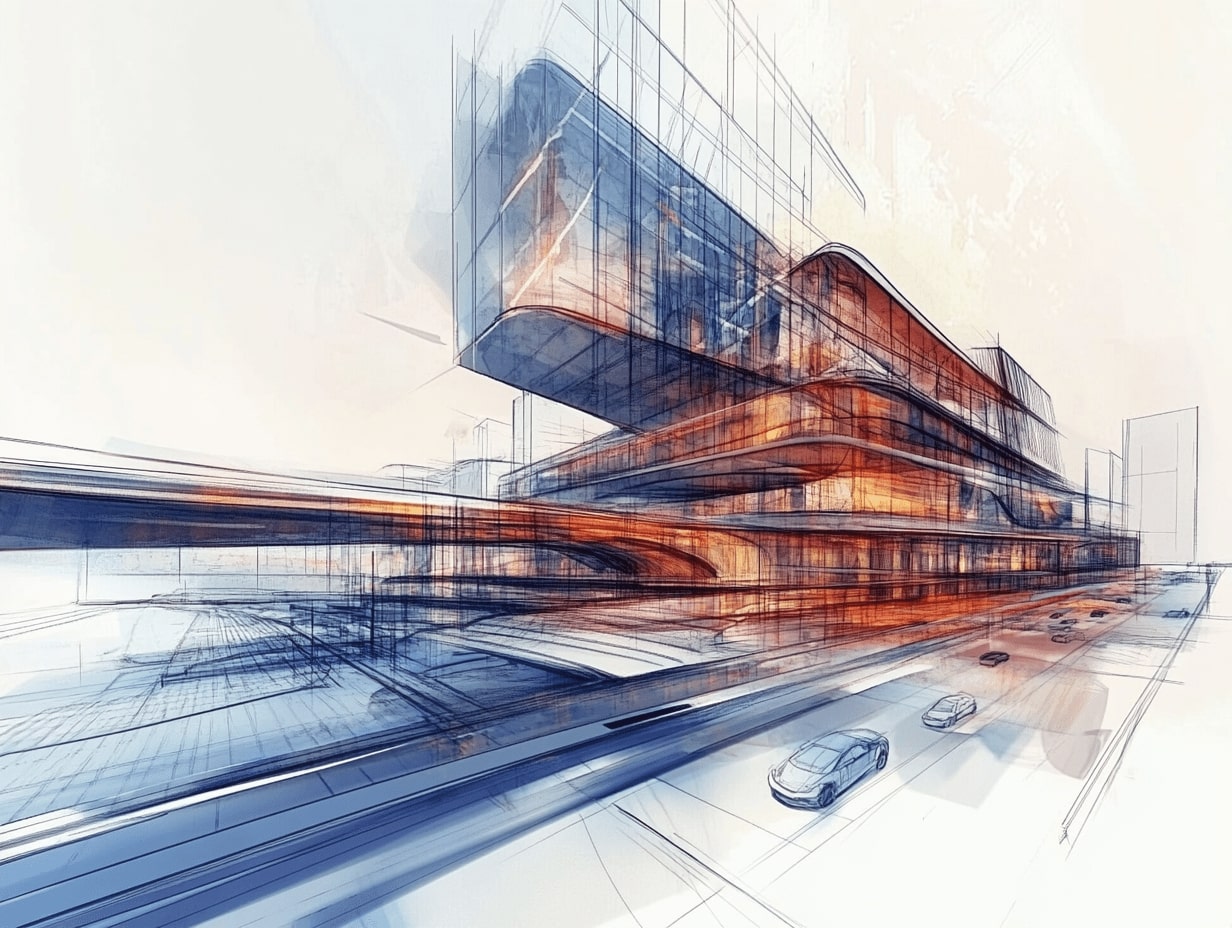
Table of Contents
ToggleUnderstanding Architects Perspective Through Their Design
Architects express their perspective through intentional design choices. Each line, form, and material represents a thought process and evokes specific reactions. Their designs incorporate principles such as balance, contrast, and unity, showcasing their understanding of both aesthetics and human interaction.
Architectural forms reflect cultural influences. For example, traditional Japanese architecture emphasizes harmony with nature, while modernist designs often prioritize simplicity and functionality. I recognize that these choices arise from various societal, historical, and environmental contexts that architects navigate during the design process.
Architectural styles can also indicate the architect’s personal philosophy. Frank Lloyd Wright’s designs, like the Guggenheim Museum, demonstrate an affinity for organic architecture, blending structures with their surroundings. His perspective emphasizes that buildings should coexist with nature, enriching the viewer’s experience.
Furthermore, sustainability increasingly influences modern architecture. Architects striving for eco-friendly designs utilize local materials and energy-efficient systems. When I analyze such projects, I observe how they not only reduce environmental impact but also enhance community well-being.
In examining architectural works, I find it crucial to consider the narrative behind the design. Each project conveys a story reflecting the architect’s intentions, aspirations, and response to the surrounding environment. Understanding this perspective encourages deeper appreciation and connection to the built space.
Key Factors Influencing Architectural Design
Understanding the factors that influence architectural design reveals the depth of an architect’s perspective. Key elements include cultural context and environmental considerations, each shaped by societal needs and natural features.
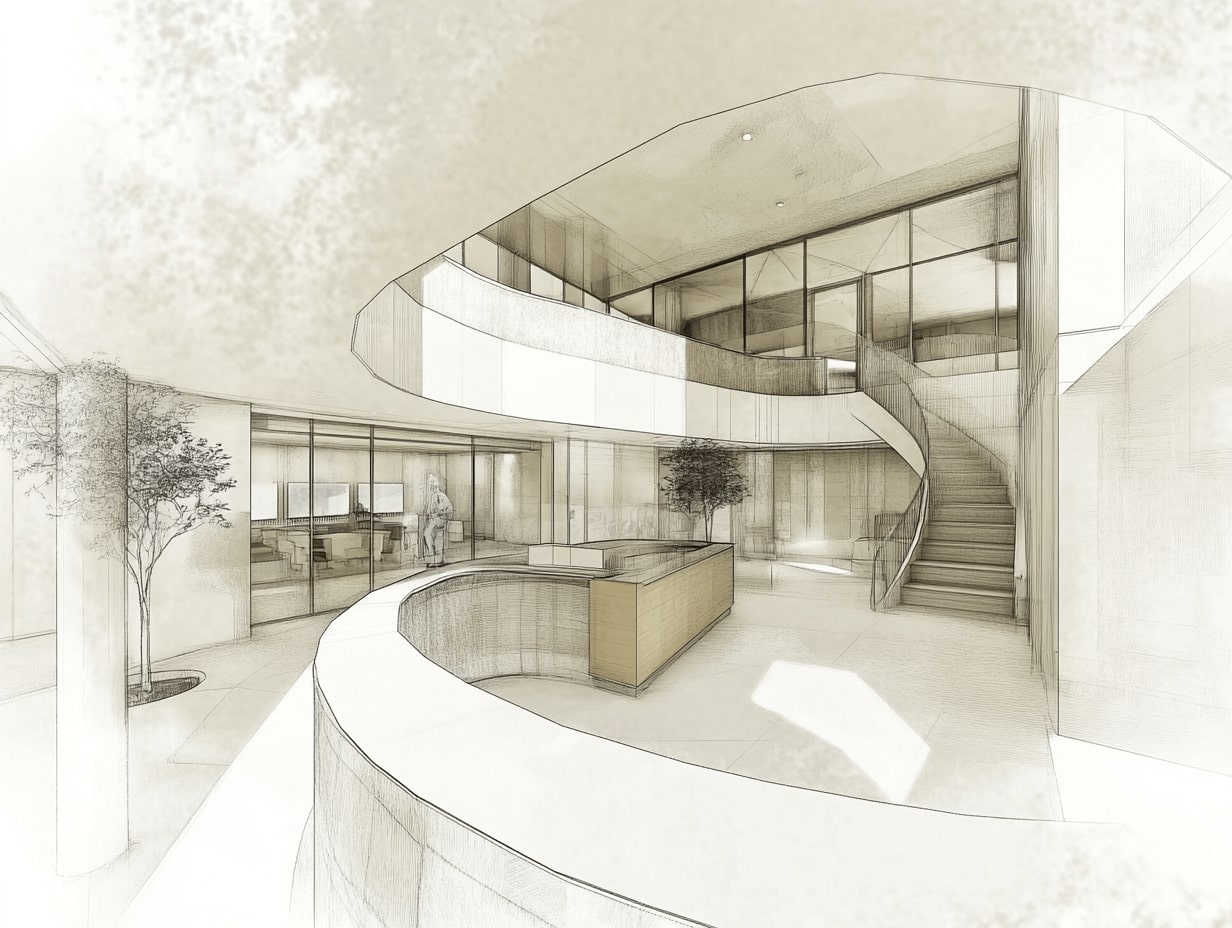
Cultural Context
Cultural context shapes architecture by reflecting beliefs, traditions, and values. Architects draw inspiration from local histories, materials, and climates, creating designs that resonate with the community. For instance, indigenous styles incorporate regional materials, achieving harmony with surroundings. Architectural features often symbolize cultural narratives, such as domes representing unity in religious structures. Local practices and social dynamics further influence design choices, ensuring that each project honors its cultural heritage.
Environmental Considerations
Environmental considerations play a critical role in architectural design. Architects assess factors like climate, site topography, and natural resources to create sustainable structures. Sustainable designs often maximize natural light, enhance energy efficiency, and integrate green spaces. For example, passive solar designs utilize sun exposure to regulate indoor temperatures, reducing energy reliance. Each design decision reflects a commitment to minimizing ecological footprints while fostering a strong relationship with the environment, ultimately promoting healthier living spaces.
The Role of Functionality in Design
Functionality plays a pivotal role in architectural design, directly influencing user experience and space utilization. Architects focus on ensuring that each design element serves a purpose while enhancing the overall aesthetic.
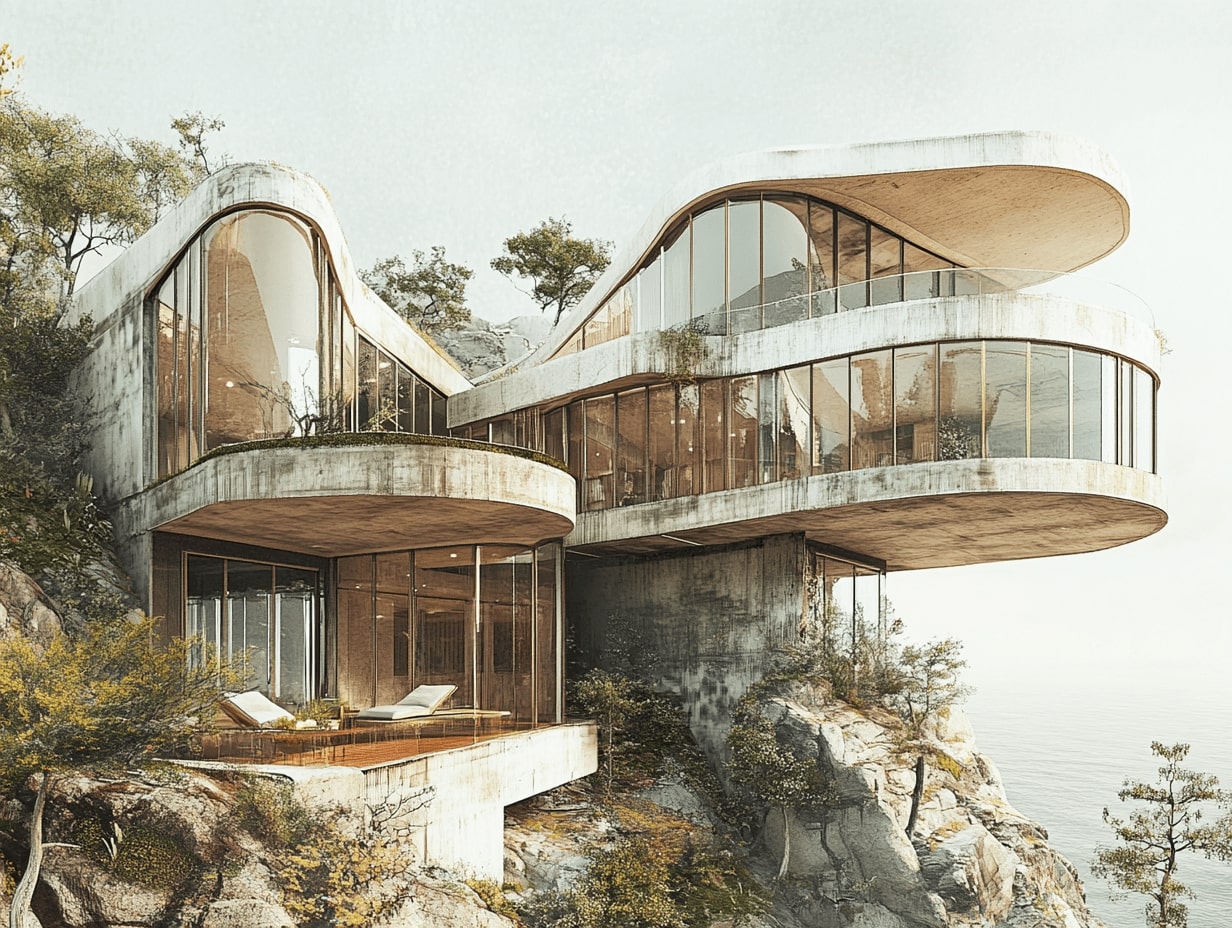
User Experience
User experience revolves around the feelings and interactions people have within a space. Architects prioritize accessibility, safety, and comfort, designing layouts that facilitate movement and encourage social interaction. For instance, public spaces like parks incorporate pathways and seating areas to promote community engagement. Residential designs often emphasize natural light and flow, creating inviting atmospheres that enhance daily activities. By understanding user needs, architects craft environments that resonate on an emotional level, creating spaces that feel personal and welcoming.
Space Utilization
Space utilization reflects how effectively an environment meets its intended functions. Architects analyze the size, shape, and layout of spaces to optimize their use. Design elements, such as open floor plans or modular furniture, can maximize functionality while encouraging flexible use. For example, in urban areas, architects may incorporate multi-purpose rooms that adapt to various functions throughout the day. Efficient storage solutions also contribute to effective space utilization, enhancing organization and reducing clutter. Thoughtful design choices yield spaces that not only serve specific purposes but also adapt to the evolving needs of users.
Aesthetic Aspects of Architecture
Architecture encompasses a unique blend of artistry and functionality, where visual allure plays a crucial role in design. Understanding the aesthetic aspects allows me to appreciate how architects convey their perspectives through intentional choices.
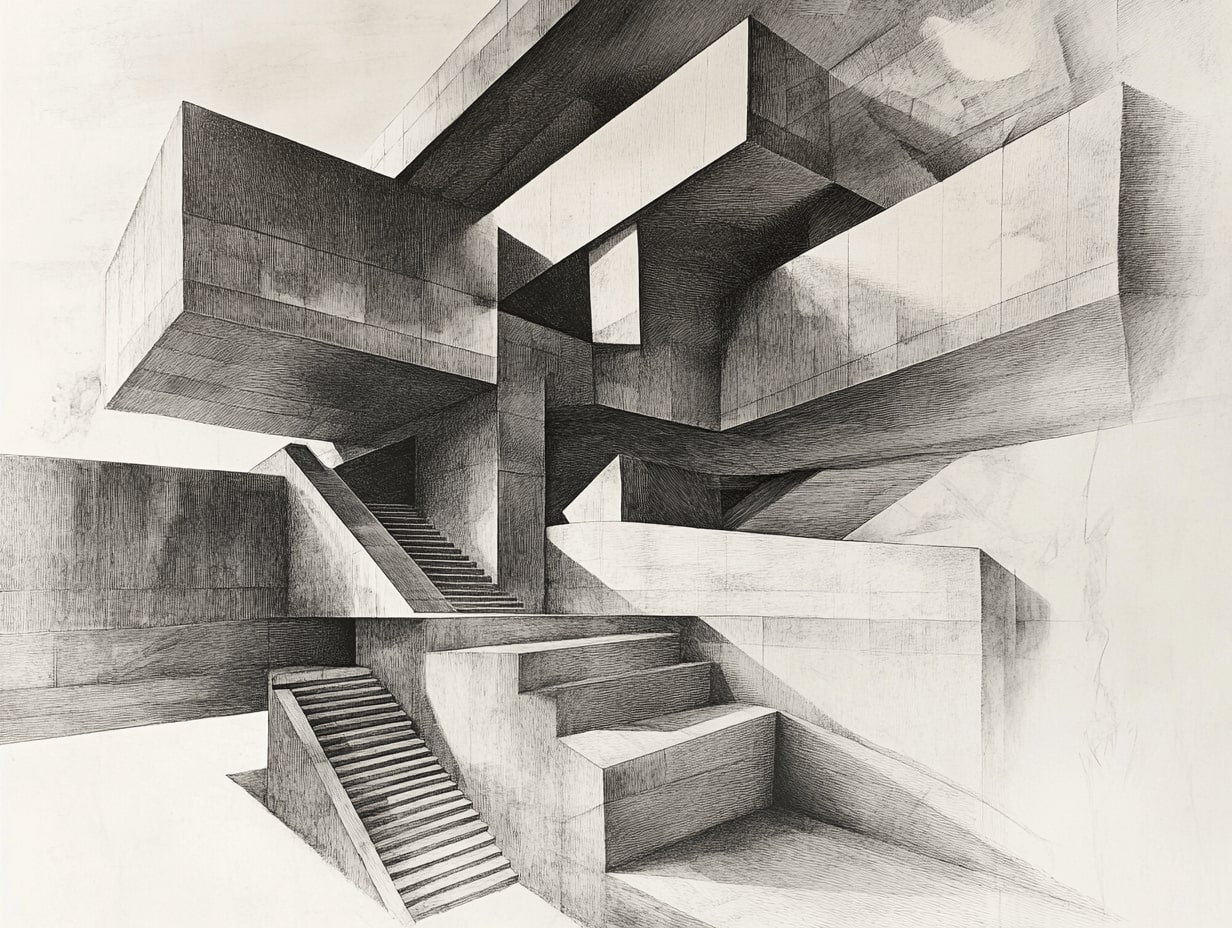
Visual Appeal
Visual appeal is a vital component of architectural design, impacting how spaces are perceived and experienced. Architects focus on proportion, symmetry, and composition, creating harmonious relationships among elements. For example, the use of curved lines can evoke softness, while sharp angles may impart a sense of strength. The balance between these forms can elicit different emotional responses from occupants. Color selection further enhances visual appeal; warm tones can create intimacy, while cooler hues might promote tranquility. Iconic structures, such as the Guggenheim Museum in New York, exemplify how visual appeal shapes identity, inviting visitors to explore both the building and its surroundings.
Material Selection
Material selection significantly influences aesthetic attributes and environmental impact in architecture. Architects consider texture, color, and durability, ensuring materials align with the design’s vision. Natural materials, like wood and stone, can foster a connection to nature, while industrial components like steel convey a modern aesthetic. For instance, the use of glass in contemporary designs allows for transparency and light, integrating indoor and outdoor spaces. Sustainable materials, such as recycled steel and bamboo, not only enhance visual appeal but also promote eco-conscious practices. By thoughtfully selecting materials, architects can achieve a balance between beauty, functionality, and environmental responsibility.
Case Studies of Architectural Design Perspectives
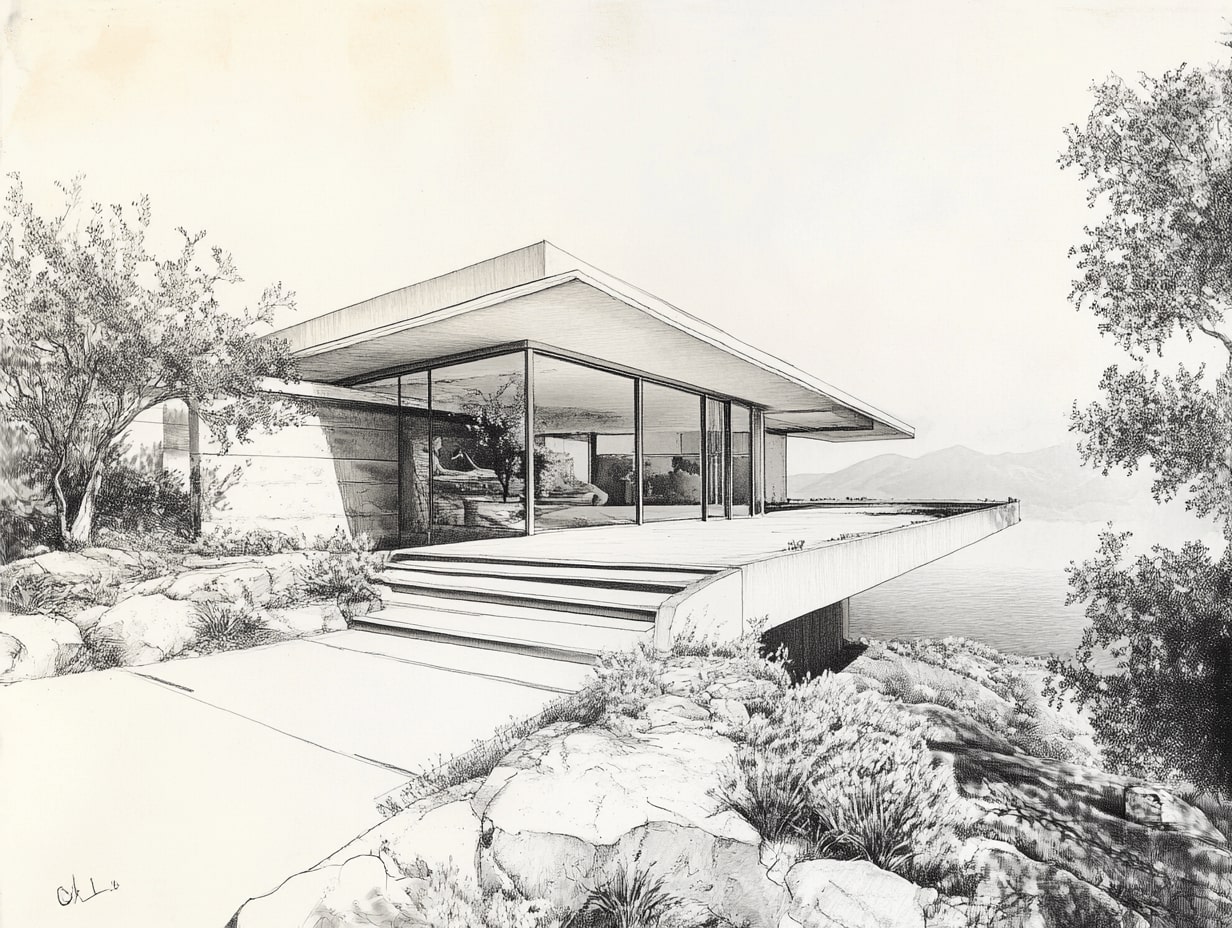
Frank Lloyd Wright’s Fallingwater
Frank Lloyd Wright’s Fallingwater exemplifies organic architecture, blending nature with design. Located over a waterfall in Pennsylvania, the structure incorporates local materials, such as stone and wood, establishing harmony with its surroundings. The cantilevered terraces allow residents to experience the natural landscape directly, enhancing their connection to the environment. Each element in Fallingwater reflects Wright’s philosophy of creating spaces that nurture human experience while respecting nature.
Zaha Hadid’s Guangzhou Opera House
Zaha Hadid’s Guangzhou Opera House showcases the principles of modernism through fluid forms and dynamic spaces. This design emphasizes movement, with its flowing shapes mirroring the nearby river’s curves. The interior facilitates multiple stage configurations, promoting adaptability for various performances. Hadid’s perspective focused on creating an iconic structure that serves as a cultural hub, illustrating how design can influence community engagement and artistic expression.
Tadao Ando’s Church of the Light
Tadao Ando’s Church of the Light in Japan reveals the interplay between light, space, and spirituality. The minimalist design incorporates a concrete structure with a cross-shaped opening, allowing natural light to illuminate the interior. This intentional use of light symbolizes divine presence and creates an engaging spiritual experience for visitors. Ando’s philosophy underscores how simplicity can evoke profound emotional responses, highlighting architecture’s ability to shape human perception.
Bjarke Ingels’ 8 House
Bjarke Ingels’ 8 House in Denmark exemplifies a focus on community and functionality. This residential building features a continuous pathway that encourages interaction among residents. The design promotes a sense of belonging, integrating green spaces and communal areas that enhance quality of life. Ingels’ perspective emphasizes the importance of creating environments where people thrive, illustrating how architecture can foster social connections.
Herzog & de Meuron’s Elbphilharmonie
Herzog & de Meuron’s Elbphilharmonie in Hamburg merges historic architecture with contemporary design. The concert hall’s glass structure sits atop an existing warehouse, symbolizing the dialogue between old and new. The innovative undulating roof design enhances acoustics and provides stunning views of the city. This project reflects a perspective that values architectural storytelling, showcasing how designs can bridge cultural gaps and create new experiences for the public.
Conclusion
Understanding an architect’s perspective through their design opens up a world of meaning and connection. Each structure tells a story shaped by culture, environment, and personal philosophy. When we appreciate the thought behind every line and material choice, we gain insight into the emotional experiences that architecture can evoke.
This deeper understanding not only enhances our appreciation for the built environment but also strengthens our connection to the spaces we inhabit. By recognizing the intentionality behind design, we can engage more fully with architecture, allowing it to enrich our lives and communities in profound ways.
- architect’s vision
- architects' perspective
- architectural identity
- architectural interpretation
- architectural meaning
- Architectural Storytelling
- architecture and culture
- architecture and emotion
- architecture and narrative
- architecture as art
- conceptual design
- creative architecture
- design communication
- design expression
- design language
- design philosophy
- expressive architecture
- narrative architecture
- spatial storytelling
- Storytelling in Architecture
Submit your architectural projects
Follow these steps for submission your project. Submission FormLatest Posts
Remembering Frank Gehry: What His 96 Years Teach Us
Frank Gehry’s passing at the age of 96 marks a significant moment...
Furniture Movers by the Hour: Complete Guide to Hourly Moving Services in 2025
Introduction Furniture movers by the hour are professional moving services that charge...
Where To Charge Rivian: Complete Guide to Charging Locations and Networks
Introduction Rivian electric vehicle owners can charge their vehicles through multiple charging...
Frank Gehry Architecture: Style, Innovation and Iconic Works
Frank Gehry is one of the most influential architects of our time,...




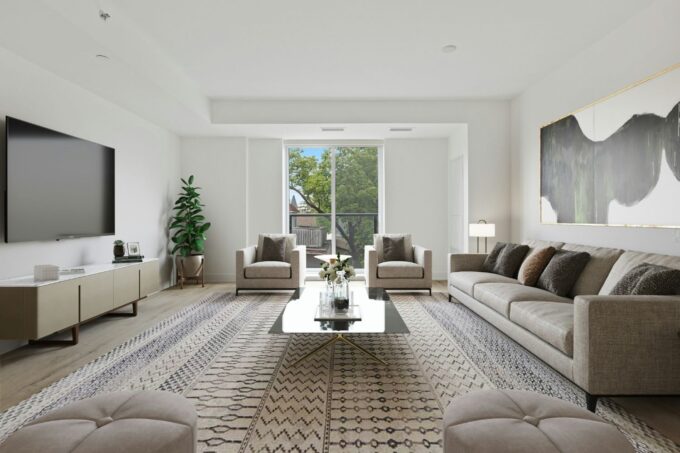






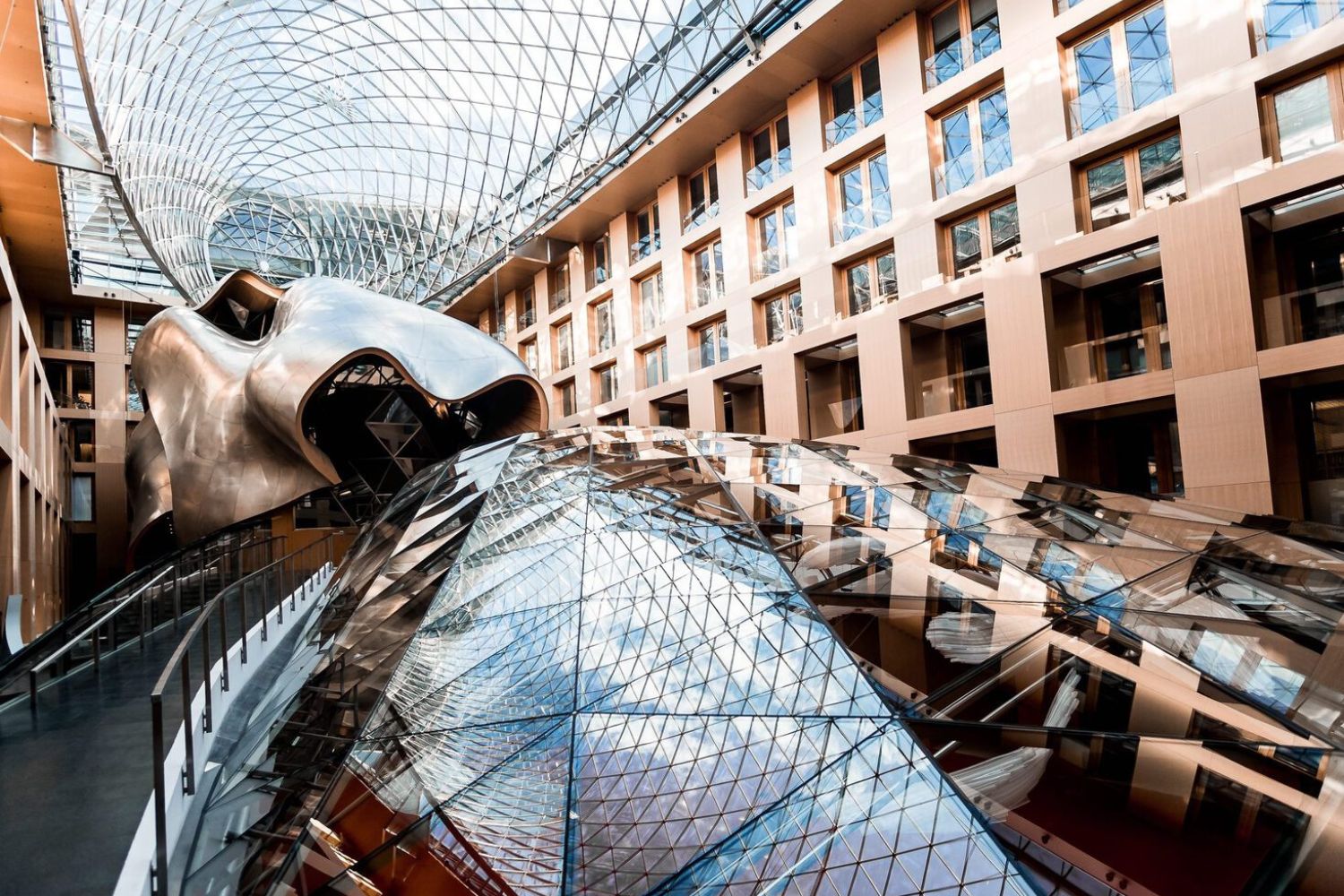
Leave a comment